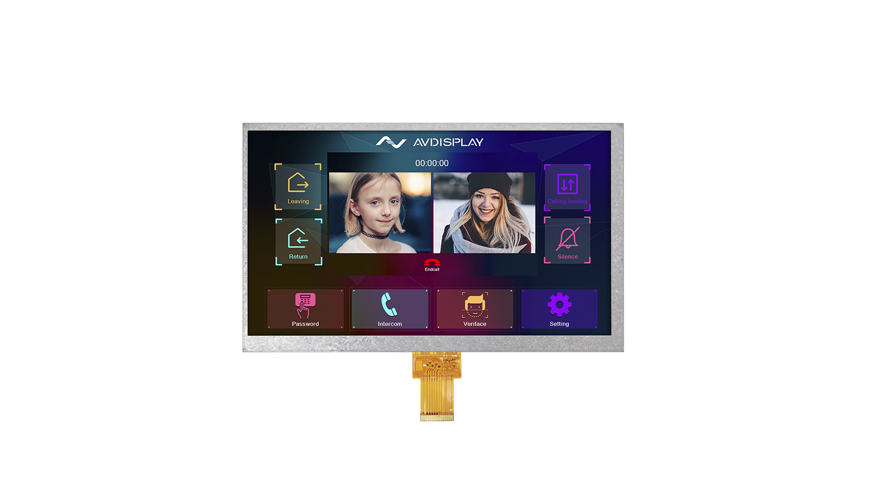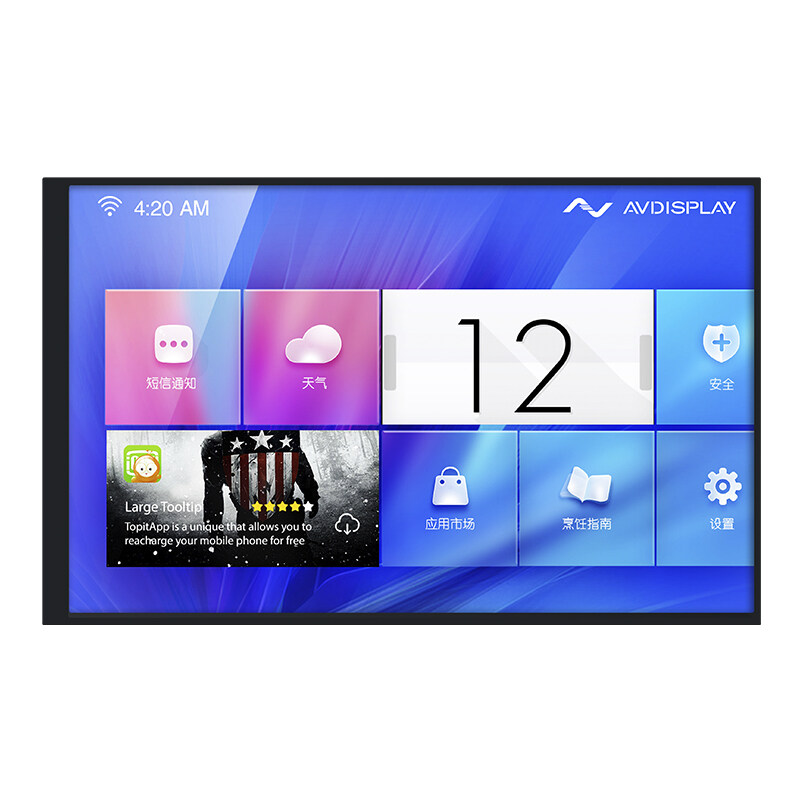Email format error
Email cannot be empty
Email already exists
6-20 characters(letters plus numbers only)
The password is inconsistent
Email format error
Email cannot be empty
Email does not exist
6-20 characters(letters plus numbers only)
The password is inconsistent


In our visually driven world, display technology plays a crucial role, from the screens we use in our phones and computers to TVs and even car dashboards. One such widely used technology is the TFT display, which stands for Thin-Film Transistor. TFT displays are everywhere, known for their clear visuals, vivid colors, and precise responsiveness, but what exactly makes them so special? Let’s dive into what TFT displays are, their benefits, applications, and how they compare to other display types.
A TFT display is a type of LCD (Liquid Crystal Display) that uses thin-film transistor technology to improve image quality. TFT technology uses a matrix of small transistors that control individual pixels, allowing for faster response times, better color contrast, and greater energy efficiency. TFT displays are typically found in devices where clarity and responsiveness are critical, such as smartphones, tablets, laptops, and various industrial equipment.
In a TFT display, each pixel is controlled by a small transistor and capacitor located in a thin film on the glass screen. This setup is known as active matrix technology. When a voltage is applied, the transistor allows current to flow to the pixel, activating it. With each pixel independently controlled, the screen can refresh quickly and accurately, displaying high-quality images.

TFT displays bring several advantages that make them suitable for a wide range of applications. Here’s a closer look at the benefits that set them apart:
One of the most appreciated benefits of TFT displays is their enhanced color accuracy and contrast. Each pixel’s independent control ensures that colors remain bright and true to life, even in bright ambient lighting conditions. This accuracy is ideal for devices where clear, high-resolution visuals are necessary, like smartphones and high-end cameras.
Thanks to the active matrix structure of TFT displays, they offer faster response times than traditional LCDs, making them ideal for applications that require fluid motion and minimal lag. This benefit is especially noticeable in gaming, video playback, and interactive displays.
The thin and lightweight design of TFT displays has made them a staple in portable devices. Their compactness enables manufacturers to create slim devices without compromising screen quality, which is why you’ll find them in many laptops, tablets, and smartphones.
Compared to older display technologies like cathode ray tubes (CRTs), TFT displays consume much less power, making them more suitable for battery-operated devices. This energy efficiency is beneficial for prolonging device battery life, a priority for smartphones and laptops.
Due to their versatile and practical qualities, TFT displays are used in a variety of fields and devices. Here are some common applications:
Most mobile phones and tablets use TFT display technology for vibrant color displays and quick response times. With advancements in TFT, these screens have become even more efficient, allowing for better battery life and enhanced visual experiences.
In industries where durability and reliability are essential, TFT displays provide clear visibility and fast response. Medical devices, manufacturing control systems, and automotive dashboards use TFT screens for their resilience and consistent performance in various environmental conditions.
Gaming requires high refresh rates and low latency, and TFT displays deliver just that. With fast response times and sharp image quality, TFT technology has become popular in gaming monitors and handheld gaming consoles, where speed and clarity are crucial.
POS systems in retail settings often use TFT displays for their durability and easy readability. Their fast response times ensure that transactions are quick and efficient, even in high-traffic areas.
TFT displays come in several types, each suited to different needs and environments. Here are some of the main types:
TN TFT displays are the most common type and are known for their fast response times. However, they have narrower viewing angles and less color accuracy compared to other types, making them better suited for applications where cost and speed are prioritized over high visual quality.
IPS TFT displays offer better color reproduction and wider viewing angles compared to TN displays. These characteristics make them ideal for applications where image quality is essential, such as in graphic design, photography, and high-end consumer electronics.
VA TFT displays provide deeper contrast and better color depth than TN displays, offering a balance between cost and performance. VA displays are commonly used in televisions and monitors where good contrast and color are important but without the premium cost of IPS technology.
TFT displays are often compared with other popular display technologies, such as OLED and AMOLED. Here’s how they stack up:
| Feature | TFT Display | OLED Display | AMOLED Display |
|---|---|---|---|
| Color Accuracy | Good, especially in IPS variants | Excellent | Excellent |
| Brightness | High | Lower in direct sunlight | Good |
| Power Efficiency | Efficient | More efficient for black backgrounds | Efficient |
| Response Time | Fast | Very fast | Very fast |
| Cost | Generally lower | Higher | Higher |
| Ideal Uses | General-purpose devices, gaming | Smartphones, TVs, high-end devices | High-end smartphones, tablets |
While TFT displays offer numerous advantages, they also come with certain limitations that can affect their suitability for specific applications.
Viewing Angle Limitations: Standard TFT screens, particularly TN types, have limited viewing angles, which means colors may appear distorted when viewed from the side. IPS TFT displays address this issue, but at a higher cost.
Brightness and Outdoor Visibility: While TFT screens perform well indoors, they may struggle with visibility in direct sunlight compared to OLED screens, which are more adaptable to varying light conditions.
Power Consumption Compared to OLED: Although TFT displays are generally energy-efficient, they may consume more power than OLED screens when displaying darker images, as OLED screens can turn off pixels entirely for true blacks.
TFT display technology continues to evolve, with improvements aimed at enhancing image quality, reducing power consumption, and widening its applicability across different devices. Key areas of development include:
Flexible TFT displays are becoming a reality, with potential applications in foldable devices and wearable technology. These screens retain the benefits of traditional TFT displays while offering new possibilities in terms of design and portability.
With advances in materials and coatings, new TFT displays are being developed to improve readability in direct sunlight, making them more adaptable for outdoor and vehicle-mounted devices.
As device demand for high-resolution and ultra-fast refresh rates increases, especially in gaming and virtual reality, TFT technology is evolving to meet these requirements. Higher resolutions and faster refresh rates are now achievable with TFT, expanding its potential applications.
From high-end tablets to industrial control systems, TFT displays are a cornerstone of modern display technology. Their balance of image quality, response time, and power efficiency makes them ideal for a wide variety of uses. As TFT technology advances, we can expect even better visuals, more energy-efficient designs, and new applications in flexible and wearable devices. In the fast-paced world of display innovation, TFT displays continue to prove themselves as versatile and valuable tools, helping us interact with digital information more effectively every day.